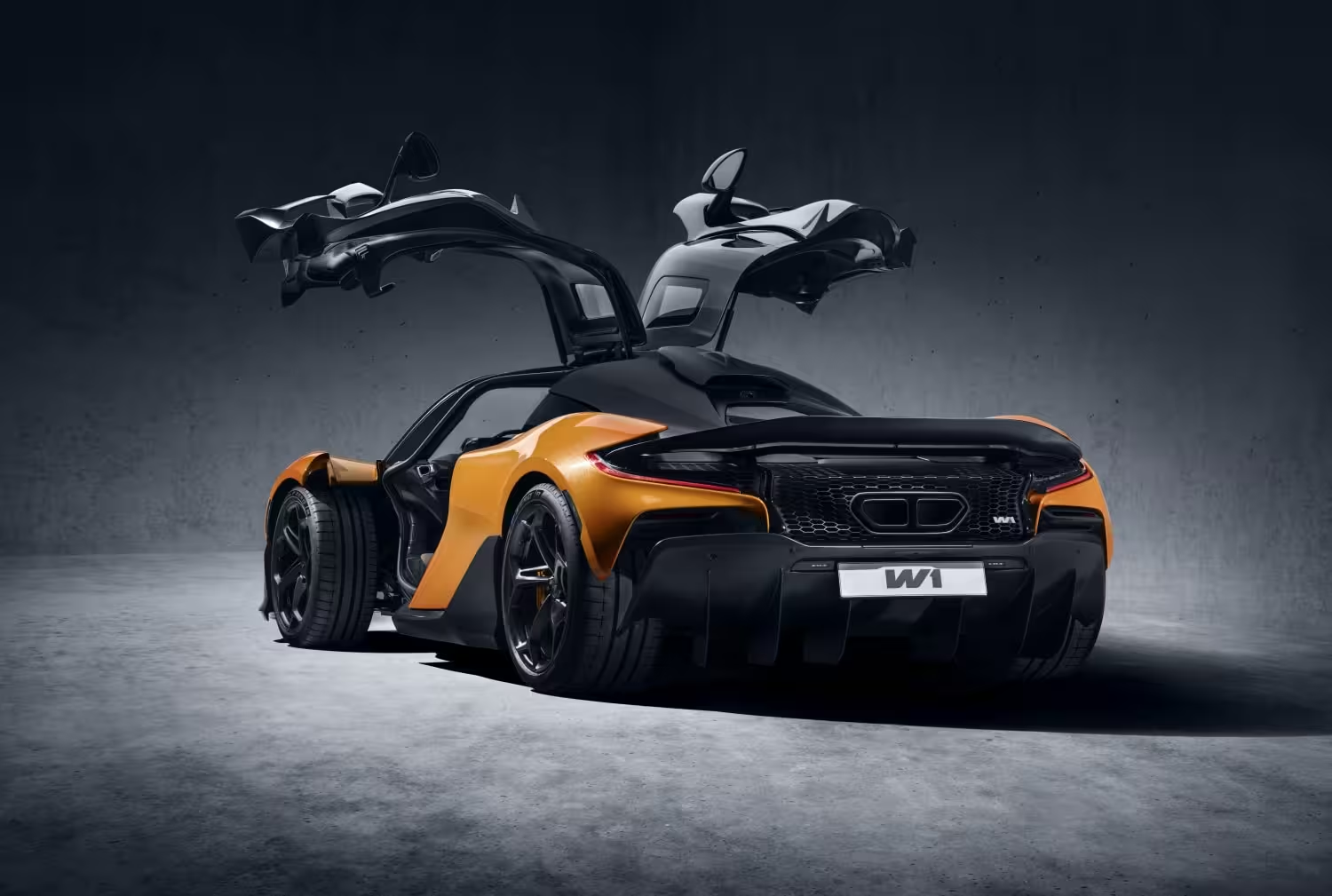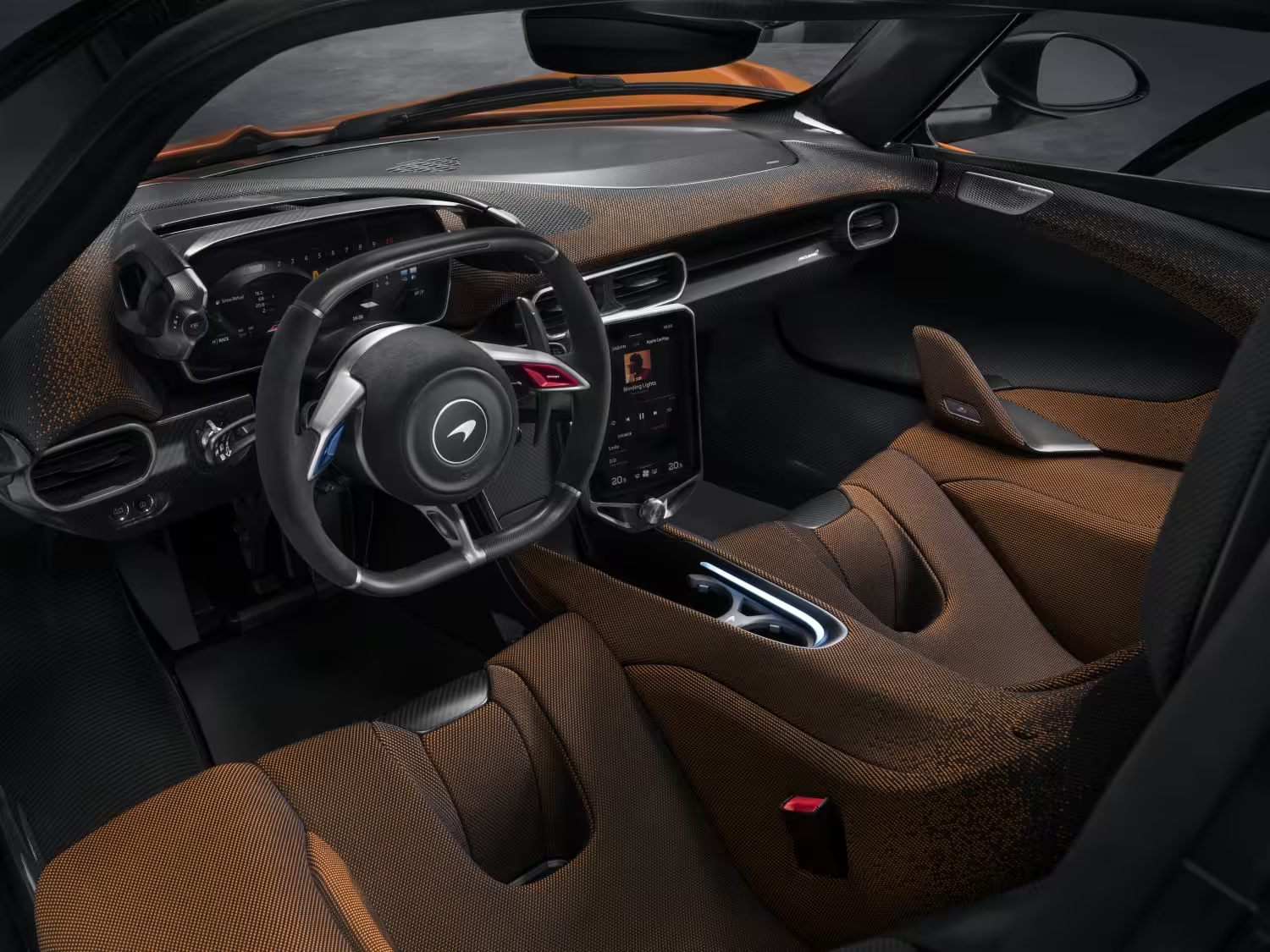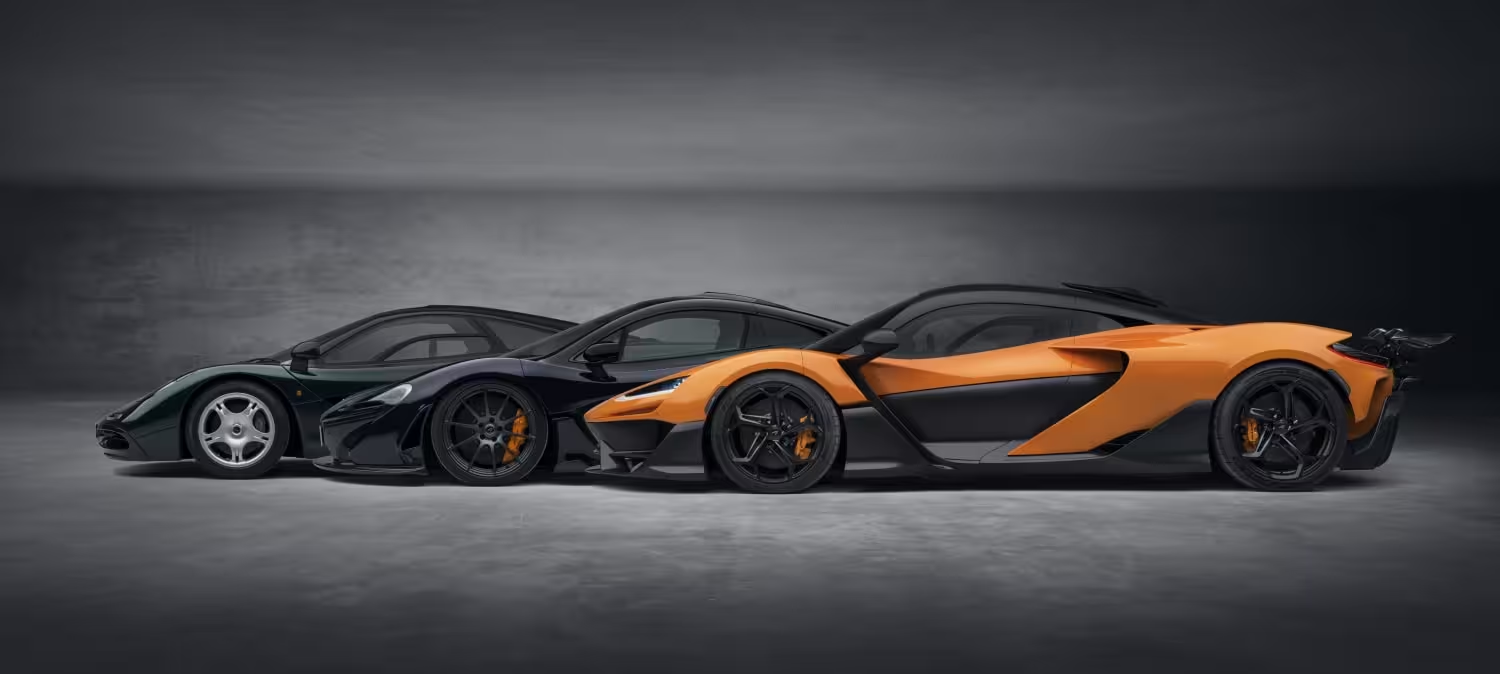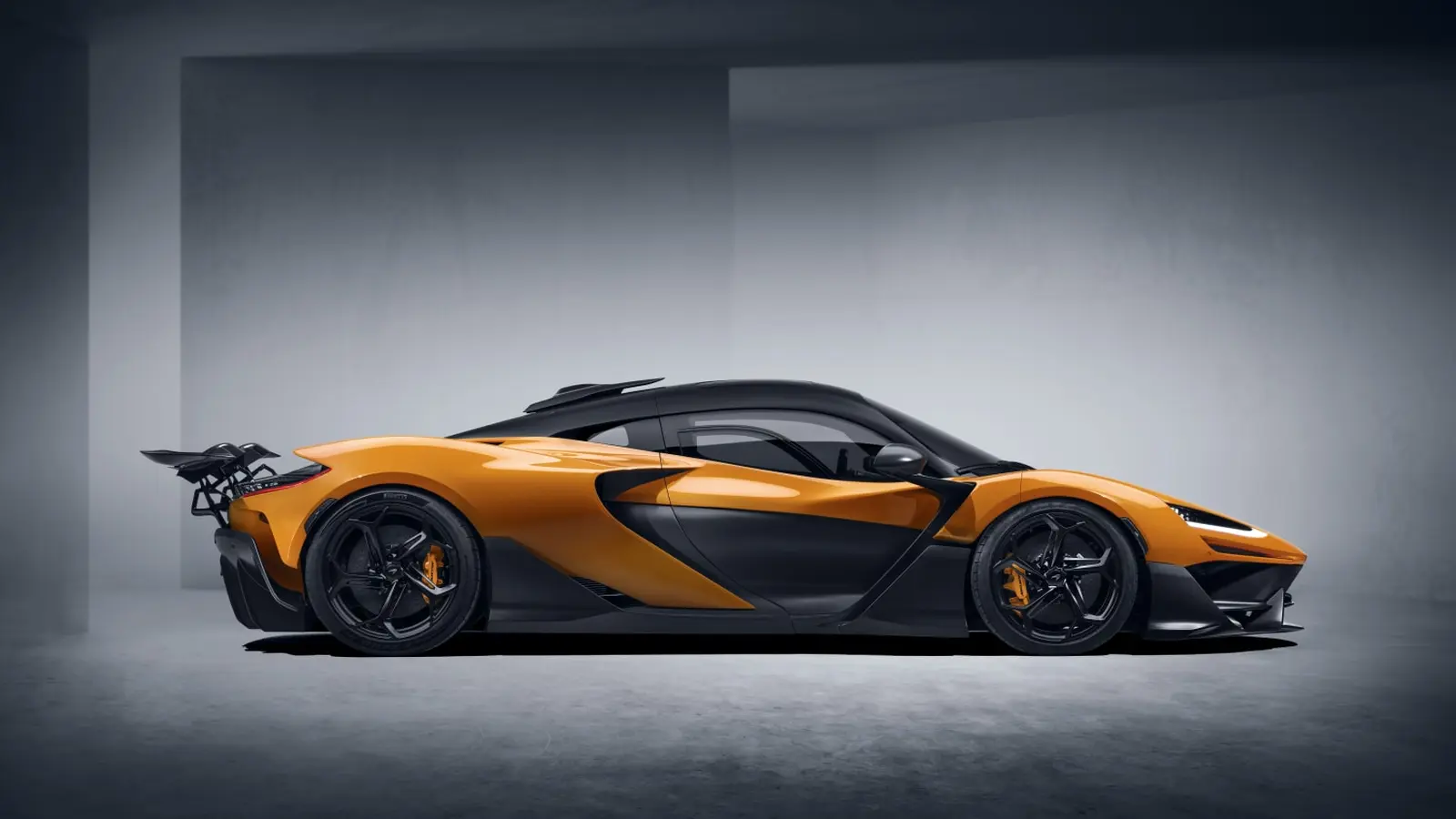4 Minutes
The trend that shifted the ultra-luxury car market toward crossovers and SUVs shows no signs of stopping. After Porsche proved the concept with the Cayenne and brands from Bentley to Ferrari followed with the Bentayga and Purosangue, attention has increasingly turned to McLaren. Recent rumors and fresh renderings have reignited speculation that McLaren will enter the high-performance CUV segment with what insiders and media outlets call a 'shared performance vehicle'—a McLaren SUV designed to deliver supercar levels of performance to multiple occupants.
Design and Renderings
Digital artist Andrei Avarvarii (Avarvarii Automotive Artworks) released a bold orange-and-black concept that imagines McLaren's first CUV as a true supercar on stilts: aggressive aerodynamic detailing, compact overhangs, prominent wheel arches and McLaren's signature sculpted lines stretched over a four-door body. Although unofficial, these renderings illustrate how McLaren could translate its low-slung, race-inspired language into a taller, more practical package while keeping a focus on lightweight surfaces and performance-oriented design cues.
Exterior
Expect a wide stance, large alloy wheels, integrated aero elements, and coach-door-inspired details adapted for four doors. The renderings emphasize a purposeful, muscular look that differentiates the model from mainstream luxury SUVs while referencing McLaren's supercar heritage.

Interior
Inside, a McLaren CUV would likely prioritize driver-focused ergonomics, premium materials and a low seating position relative to conventional SUVs to preserve a sporty feel. Seating for four to five, high-tech driver assistance, and upscale infotainment will be essential to compete with rivals such as Ferrari Purosangue and Lamborghini Urus.
Performance and Powertrain
Industry reports suggest McLaren could avoid a pure-electric launch for the first CUV and instead adopt a plug-in hybrid (PHEV) architecture. The most-cited configuration is a twin-turbo V8 paired with electric motors and a battery pack—delivering instant torque, high power output and improved range in electric-only mode. This setup aligns with the 'shared performance' concept: supercar performance that can be enjoyed by multiple passengers while meeting stricter emissions targets.

Expected Specifications
While McLaren has not confirmed technical details, expected highlights based on current rumors include:
- Twin-turbo V8 combined with electric motors (PHEV)
- Combined output likely exceeding 700 hp
- All-wheel drive for traction and dynamic balance
- Performance-tuned adaptive suspension and carbon-ceramic brakes
- Driver-focused chassis tuning to preserve McLaren handling DNA
Market Positioning and Competitors
McLaren's move would be strategic: diversify sales, stabilize profitability and defend its place in the ultra-luxury performance market. Direct rivals would include the Ferrari Purosangue, Lamborghini Urus (and Urus SE), Aston Martin DBX, and Bentley Bentayga. Unlike larger comfort-focused SUVs like the Rolls-Royce Cullinan, McLaren's CUV would emphasize lightweight engineering and driver engagement—targeting buyers who want exotic performance with everyday usability.

Comparisons
Compared with the Ferrari Purosangue, McLaren's offering is likely to emphasize sharper handling and a lighter curb weight philosophy, while Ferrari leans into grand touring refinement with V12 character. Against the Urus, the McLaren would aim for more focused performance dynamics rather than sheer on-paper stats. Pricing would likely sit at the top of the luxury performance ladder, reflecting bespoke materials, advanced powertrain technology and limited production volumes.
Conclusion
Whether McLaren officially confirms a 2029 CUV or not, the continued stream of rumors and sophisticated renderings keeps expectations high. If McLaren delivers a twin-turbo V8 PHEV with the brand's driving ethos intact, the so-called 'shared performance vehicle' could become a defining—and controversial—addition to the supercar-to-SUV story. For enthusiasts, the big question remains: can McLaren balance supercar DNA with the broader appeal required to make a high-performance SUV commercially successful?
Source: autoevolution


Leave a Comment